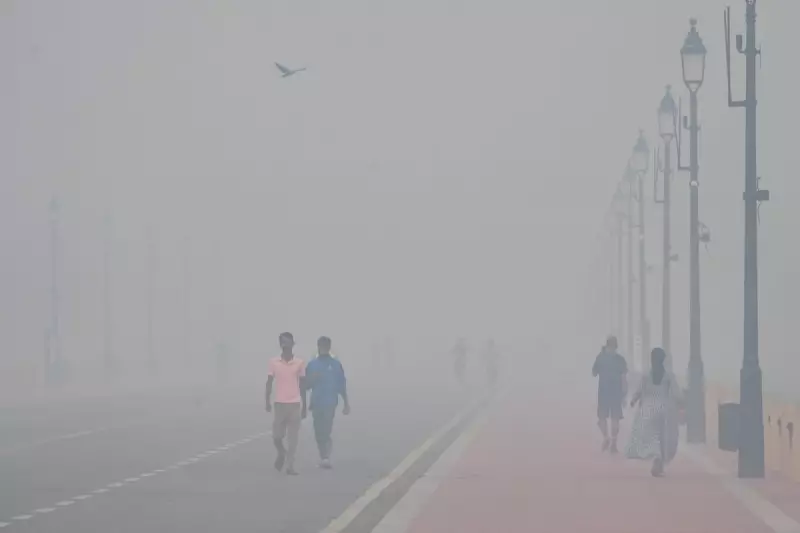
New Delhi has been identified as the world's most polluted city according to alarming new data from the World Health Organization, highlighting a severe environmental and public health crisis unfolding in India's capital.
Staggering Pollution Statistics
The WHO's comprehensive air quality analysis reveals that New Delhi's atmospheric conditions have reached critical levels, with pollution measurements far exceeding safe limits established by global health authorities. The city's air quality index consistently shows readings that pose significant risks to human health.
Health Implications for Millions
Medical experts warn that prolonged exposure to such polluted air can lead to serious respiratory conditions, cardiovascular diseases, and other health complications. The situation is particularly concerning for vulnerable populations including children, the elderly, and those with pre-existing health conditions.
Regional Environmental Crisis
While New Delhi tops the list, the WHO report indicates that several other Indian cities also feature among the world's most polluted urban centres. This pattern suggests a broader environmental challenge affecting multiple population centres across the country.
Global Context and Comparisons
The WHO findings place India's air quality crisis in stark contrast to other major global cities, with New Delhi's pollution levels significantly higher than those recorded in other rapidly developing urban centres around the world.
Call for Urgent Action
Environmental activists and public health officials are calling for immediate intervention measures to address the pollution emergency. Suggested solutions include stricter emissions controls, enhanced public transportation systems, and industrial regulations to improve air quality standards.
The report serves as a crucial wake-up call for policymakers and citizens alike, emphasizing the urgent need for comprehensive strategies to combat air pollution and protect public health in one of the world's most densely populated cities.





